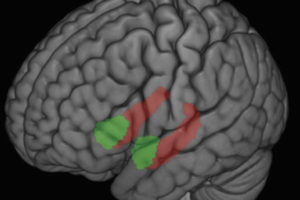The idea of putting yourself in another person’s shoes has been a hallmark of empathy, but whether you’re relating to negative or positive emotion matters, too, according to researchers at the Center for Healthy Minds at the Waisman Center, University of Wisconsin–Madison.
Empathy, or the ability for an individual to produce a similar emotional state of another person with wishes for goodwill, can carry positive or negative emotion depending on the state of the person you’re empathizing with. For instance, if someone’s suffering, you may express empathic concern for that person. When sharing another’s joy, you may feel empathic happiness.
But new research suggests empathy – with both positive and negative emotions – may be equally effective in leading people to behave in more generous and prosocial ways.
“These findings could shed light on how we can better inspire people to act pro-socially toward each other,” says Sharee Light, a former graduate student at the Center and current postdoctoral researcher at the University of Michigan Medical School who led the study. “You don’t necessarily need to see a person suffer to want to help him or her.”






